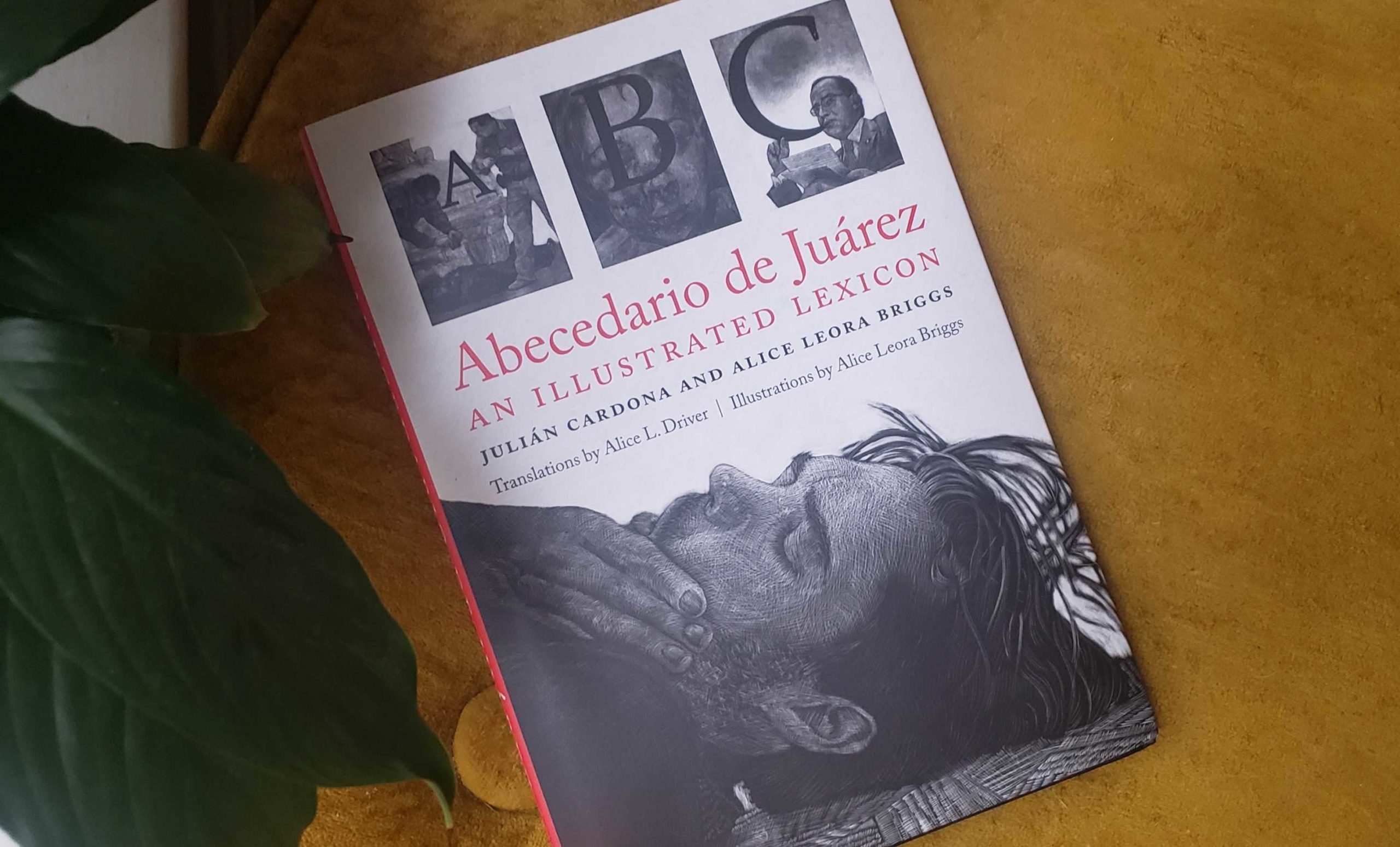A place can have a unique smell or look. It can also sound different. In Juárez, Mexico, just across the border from El Paso, the vocabulary people use to describe life and death in their city is often grim.
Alice Leora Briggs co-wrote and illustrated a new book depicting this unique language. She describes “Abecedario de Juárezan: An Illustrated Lexicon” as one part glossary, and another part “minefield.”
“The book is a glossary, but the glossary explodes into narratives every once in a while and then collapses back down into a glossary until the next blast hits,” Briggs told Texas Standard.
Briggs says she was inspired to document Juárez this way as an homage to Hans Holbein’s “Alphabet of Death,” published around the mid-16th century. She says it was working with co-author Julián Cardona that convinced her that the work should take the form of a book.
“I really didn’t intend to write a book,” Briggs said. “I was interested primarily in making images, and somehow, before it was over, Julián and I started just completing one another’s sentences.”
Many of the words explored in the book came up when Briggs says Cardona was “interviewing individuals who were either victims or perpetrators of the violence during [former Mexican President Felipe] Calderón’s administration, which was 2006 to 2012.”
One such word translates into “six years of death.” Another word explored in the book is la limpia – “the cleansing.” Yet another is puesto.
“It can mean a place or a space that’s occupied, a particular spot. It can be a verb for ‘to put,’” Briggs said. “But it has, you know, come to mean ‘to betray.’”
Briggs says not every aspect of everyday life in Juárez is dark, but that to ignore what has happened there is “to ignore vast aspects of our humanity.” She also says she believes the book highlights the narratives of endurance and perseverance.
“It’s a record of what took place in a particular city during a particular time period. And it is, like it or not, a record of what human beings are capable of. And I think we need to look at this stuff,” Briggs said.












